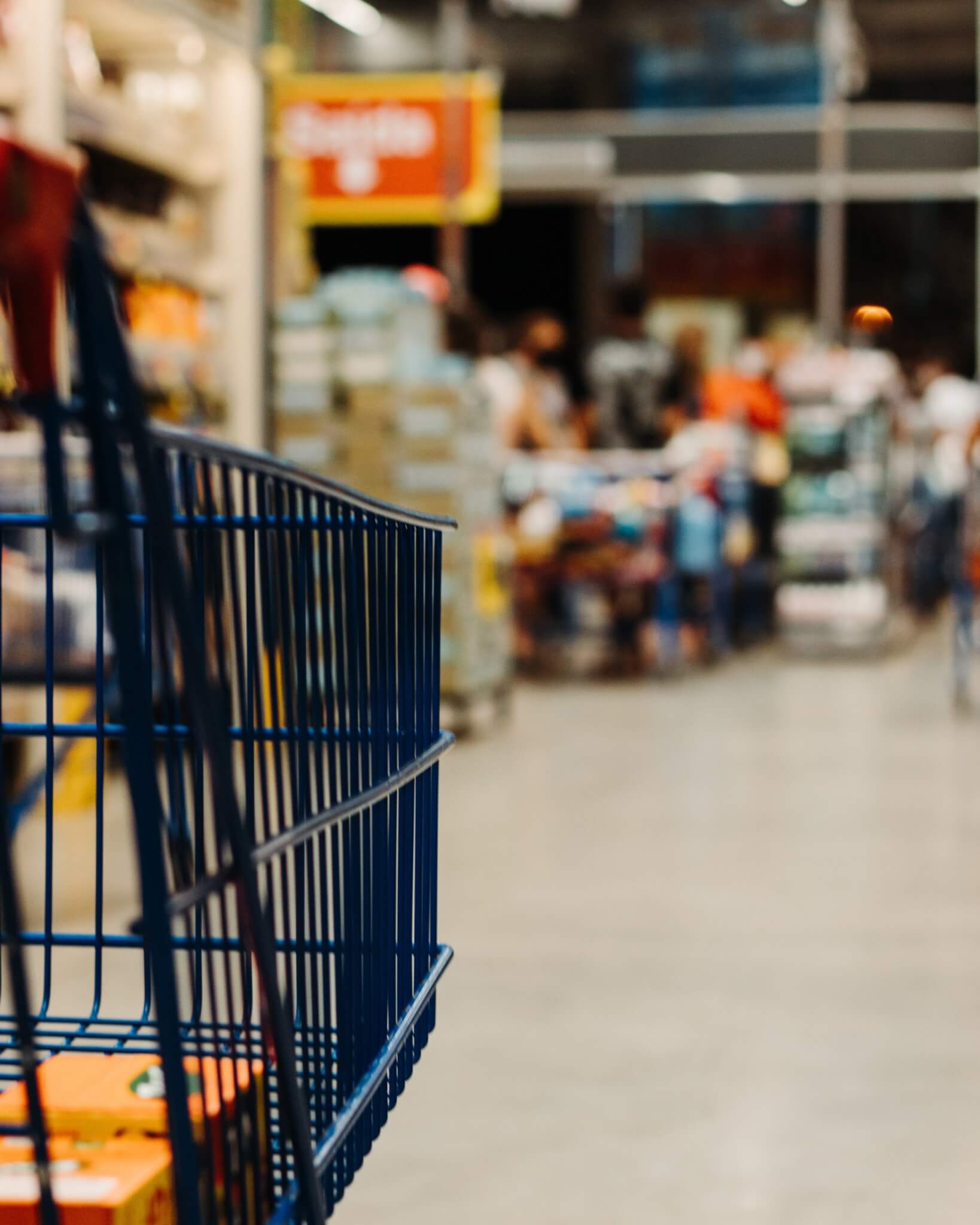The Food (Promotion and Placement) (England) Regulations 2021 (“the Regulations”) were passed on 2 December 2021, introducing rules that restrict the price, placement and online promotion of products high in fat, sugar and salt (HFSS) for qualifying businesses. The restrictions come into force in England on 1 October 2022 and apply to both food and non-food retailers.
There will be a 6-month implementation period for businesses to prepare and plan for the new requirements. The Regulations will be reviewed and evaluated within 5 years of implementation.
Why are the Regulations being introduced?
The Regulations are the Government’s response to well-established concerns surrounding obesity in both children and adults across the UK. This is because foods high in fat, sugar and salt are associated with a likelihood to create impulse purchases and are considered likely to result in excess calorie intake and weight gain.
Therefore, the rationale behind the Regulations is to encourage retailers to provide price restrictions and healthier options in key selling locations, with the objective of improving the nation’s diet.
Which products are in the scope of the Regulations?
The Regulations only apply to “specified foods”. A “specified food” is product contained in a prepacked food item and satisfies the two-staged approach set out below.
Stage 1 – The product falls in one of the 13 categories of food and drink listed in the Regulations.
Stage 2 – The food is “less healthy” according to the 2004/2005 Nutrient Profiling Model. This model balances less favourable nutrients or A points against more favourable nutrients or C points.
A – C = Nutrient Profile Score
Foods scoring 4 or more points and drinks scoring 1 or more are classified as “less healthy”.
Under Schedule 1 of the Regulations, the following products are categories of “specified food”:
Category 1: Prepared soft drinks containing added sugar ingredients.
Category 2: Any of the following:
- Savoury snacks whether intended to be consumed alone or as part of a complete meal including products made from potato, other vegetables, grain or pulses, extruded, sheeted and pelleted products, bagged savoury crackers, rice cakes or biscuits, crisps, pitta bread-based snacks, pretzels, poppadums, salted popcorn and prawn crackers (but not raw, roasted, coated or flavoured nuts)
- Pork rind-based snacks whether they intended to be consumed alone or as part of a complete meal.
Category 3: Breakfast cereals including ready-to-eat cereals, granola, muesli, porridge oats and other oat-based cereals.
Category 4: Confectionary including chocolates and sweets.
Category 5: Ice cream, ice lollies, frozen yogurt, water ices and similar frozen products.
Category 6: Cakes and cupcakes.
Category 7: Sweet biscuits and bars based on one or more of nuts, seeds or cereal.
Category 8: Morning goods, including croissants, pains au chocolat and similar pastries, crumpets, pancakes, buns, teacakes, scones, waffles, Danish pastries and fruit loaves.
Category 9: Desserts and puddings, including pies, tarts and flans, cheesecakes, gateaux, dairy desserts, sponge puddings, rice pudding, crumbles, fruit fillings, powdered desserts, custards, jellies and meringues.
Category 10: Sweetened (whether with sugar or otherwise) yoghurt and fromage frais.
Category 11: Pizza (except plain pizza bases).
Category 12: Roast potatoes, potato and sweet potato chips, fries and wedges, potato waffles, novelty potato shapes (smiley faces), hash browns, rostis, crispy potato slices, potato croquettes.
Category 13: Any of the following:
- Products marketed as ready for cooking or reheating without further preparation (ready meals or cooking meals) intended to be consumed as a complete meal.
- Products, other than products that contain pastry, in or with a sauce (but not a marinade, glaze, dressing or seasoning or similar accompaniment) that are marketed as ready for cooking or reheating without further preparation intended to be consumed as the main element of the meal.
- Breaded or battered –
- vegetable, fish, shellfish, meat or poultry products;
- substitute fish, shellfish, meat or poultry products,
- Including fish fingers, fish cakes, chicken nuggets and breaded meat substitute.



